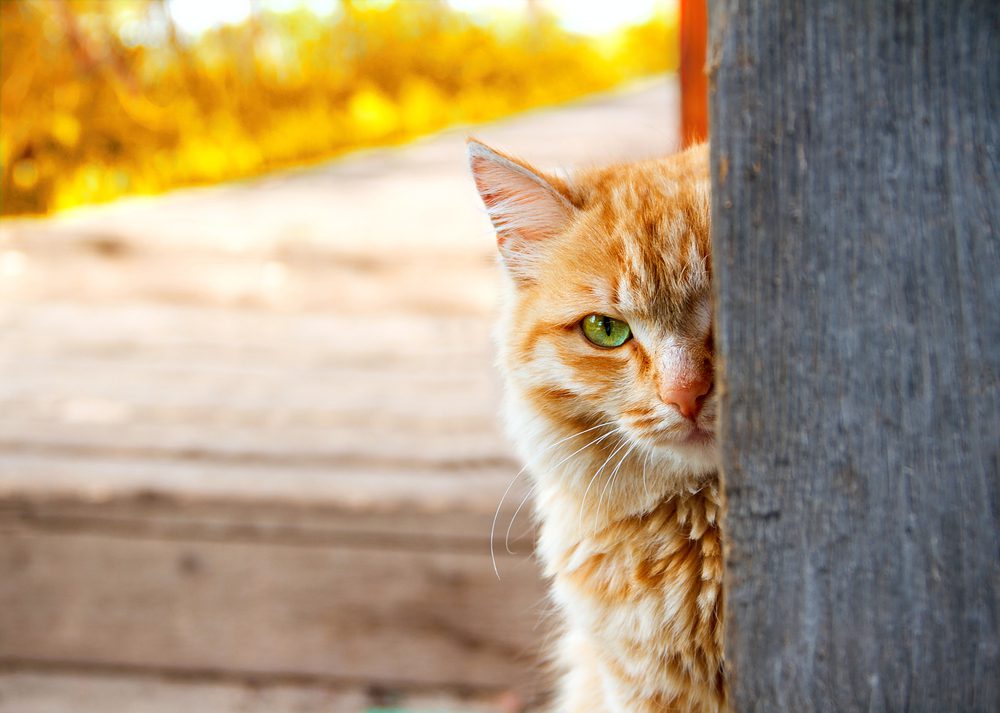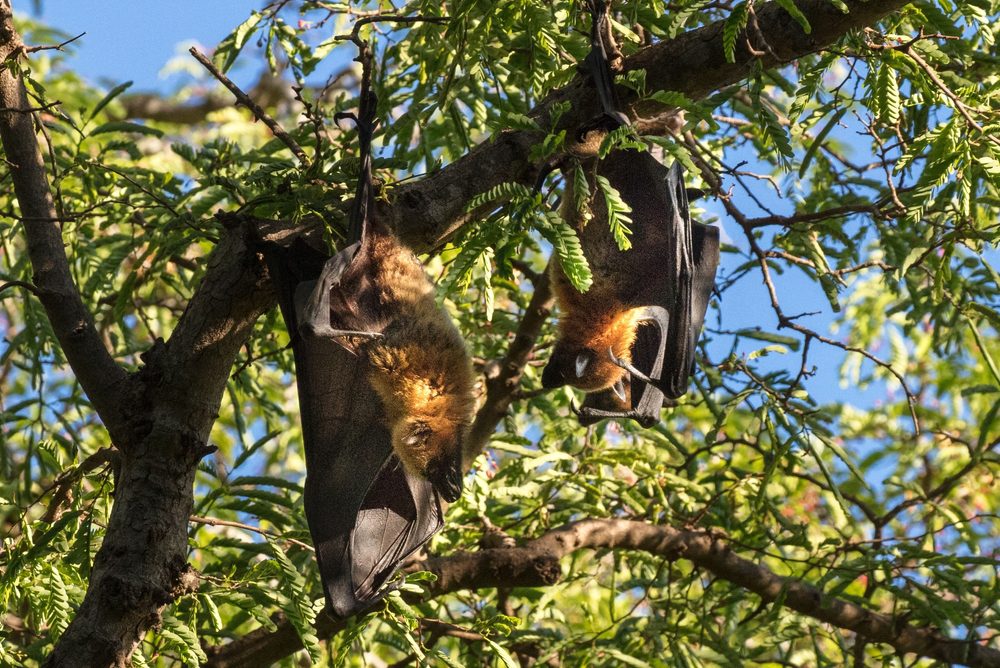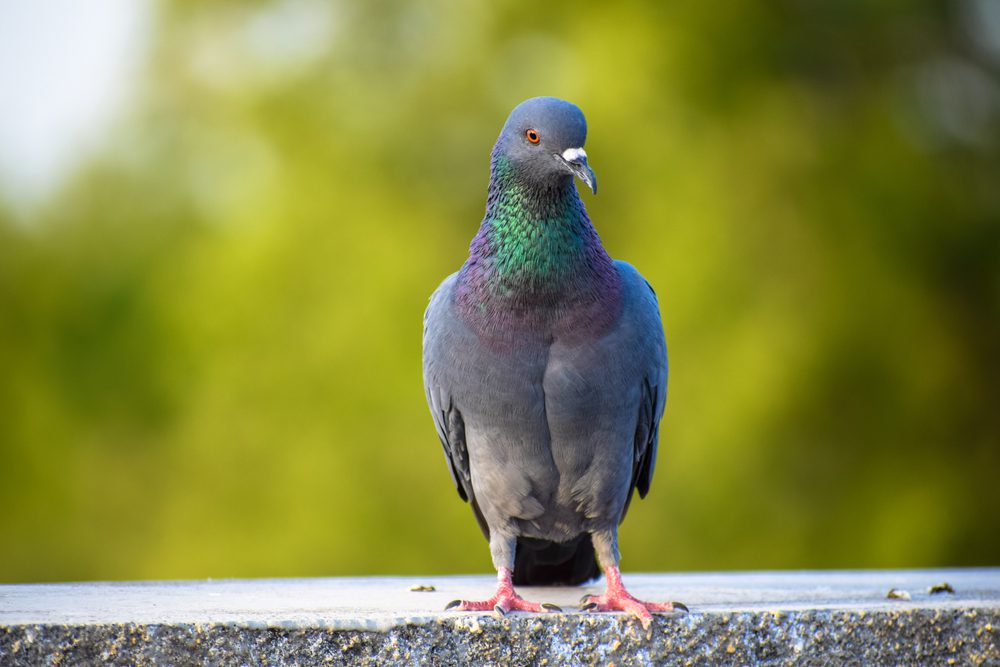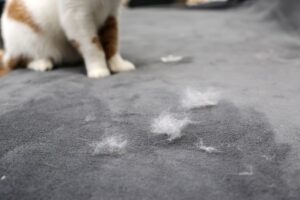You won’t believe some of the strange uses for animals in warfare!
Before the development of modern mechanized machinery, animals played an important role in warfare. As any schoolchild knows, Genghis Khan and his rampaging hordes of Mongols managed to build the largest land empire ever known from the back of a horse.
Elephants also had some strange uses by warring cultures throughout antiquity and they continued to be used in combat in some parts of the world such as Thailand and Vietnam right up until the 19th century.
Here we have compiled a list of animals that have been used for warfare in sometimes ingenious, sometimes weird and sadly a lot of times cruel ways.

Spy cat
As far as bad ideas go with animals and warfare, this strange use comes near the top of the list. The person who devised this plan has clearly never spent more than thirty seconds in the company of our feline friends.
The concept was put forward in the 1960’s by the always reliable CIA. Their proposal, known as ‘Acoustic Kitty’, was to use cats as listening devices. The idea was to have the strange use of microphones implanted in their ear canals and radio transmitters in the base of their skulls.
They would then be let loose at the desired location, whether that be a Soviet embassy or the Kremlin itself, and would just wander about eavesdropping on conversations between hopefully high value targets that might just inexplicably happen to be openly discussing state secrets.
The CIA reportedly sank close to $20 million in to this ‘definitely going to fall at the first hurdle’ project and sure enough, guess what happened next? The test phase didn’t exactly provide the results they were hoping for.
The public would have to wait until the documents were declassified in 2001 to find out just how successful the Acoustic Kitty was in its efforts gather vital intel to ultimately help the United States win the Cold War. Spoiler alert, it didn’t go well.
In its very first deployment and strange use, Acoustic Kitty’s mission, should he chose to accept it, was to eavesdrop on two men in a park outside the Soviet compound on Wisconsin Avenue in Washington, D.C. Minutes after entering the world of feline espionage…..
It ran out in to the middle of the road and was immediately struck, and sadly killed, by a passing taxi. Suffice to say, the CIA weren’t going to see any of that $20 million any time soon.
The right to arm bears
After their liberation from a Siberian labor camp during the Nazi invasion of Russia in 1942, little did the 22nd Polish Supply Brigade know as they began a long trek south toward Persia, they would be adding a larger than life character to their ranks, one larger than any man in their troop.
At a railroad station in Hamadan, Iran, on 8 April 1942, the Polish soldiers encountered a young Iranian boy who had found a bear cub whose mother had been shot by hunters. The men would buy the cub, feeding it with condensed milk from a vodka bottle.
Naming him Wojtek (from Wojciech meaning happy warrior), he was eventually adopted by the brigade and enlisted with the strange use of officially being a soldier with the rank of private. He would eventually be promoted to the rank of corporal.
As an enlisted soldier, he would have his own paybook, rank, and serial number, live with the other men in tents or in a special wooden crate, which was transported by truck. He would enjoy strange uses like drinking beer with his comrades, wrestling fellow soldiers and smoking, then for some reason known only to Wojtek, then eating lit cigarettes.
Just as any enlisted soldier, Wojtek would eventually see combat. During the Battle of Monte Cassino, he had the strange use of helping his unit to convey ammunition by carrying 100-pound crates of 25-pound artillery shells, making him a hero to his men and a celebrity with visiting Allied generals and statesmen.
In recognition of Wojtek’s popularity, a depiction of a bear carrying an artillery shell was adopted as the official emblem of the 22nd Company. After the war was over, this Polish war hero would live out the rest of his days in Edinburgh Zoo. Occasionally receiving visits from former Polish soldiers, some of whom tossed cigarettes for him to eat, as he did during his time in the army.
War pigs
War elephants were a powerful and intimidating part of armies for centuries, most famously used by the aforementioned Carthaginian general Hannibal when he crossed the Alps using African elephants. However, it wasn’t just Hannibal who utilized elephants in warfare, many armies through out antiquity used them to charge the enemy, breaking their ranks and instilling terror.
As with any military tactic or weapon introduced to the battlefield, counter measures are developed minimize their effect. War elephants were reportedly terrified of the squealing and charging of pigs, so both the Romans and Alexander the Great made strange use of them in campaigns against enemies that fielded elephants.
Once this counter measure was discovered, there was always going to be an army who would take it to the next level, and that army would belong to the Greek town of Megara when Macedonian ruler Antigonus II Gonata had the town under siege in 266 BC.
As recorded by the Macedonian military writer Polyaenus and Roman author Aelian, Antigonus II Gonatas’ siege of Megara in 266 BC was broken when the Megarians doused some pigs with combustible pitch, crude oil or resin, set them alight, and drove them towards the enemy’s massed war elephants.
The elephants bolted in terror from the flaming, squealing pigs, often killing great numbers of their own soldiers by trampling them to death. The Megarians not only saved their town from the Macedonians but most likely invented bacon as well.
…Talk about a strange use for an animal, right?!?
Antitank dogs
Another strange use of animals in battle that would make any animal lover weep was the strange use of dogs to blow up German tanks, and as much as the idea of a dog throwing a grenade might be amusing, unfortunately the dog itself was the bomb.
Despite Hitler and Stalin signing non-aggression pact, on June 22, 1941, Hitler unilaterally broke his deal with Stalin and launched the largest surprise attack in the history of warfare. Taken completely off guard and fearing the full scale invasion of the Soviet Union, desperate times called for increasingly desperate measures.
To counter the advancing Nazi tanks at the Eastern Front, the original plan was to train dogs to leave a bomb in the path of the tank and retreat, so that the bomb would be detonated by a timer. The ability to train the dogs to complete this task would ultimately fail so the Soviets would try a different and more cruel technique.
The Soviets began strapping bombs to dogs that were activated by a small lever rising from an attached pouch on the dog’s side. When the dog would dive under a tank, the lever would strike the tank’s chassis and detonate.
Soviet propaganda would claim that around 300 German tanks were destroyed using their antitank dogs, however the way the dogs were trained would blow up in the Soviets face, quite literally. The dogs were trained on Soviet diesel tanks, instead of German gasoline tanks, so during deployment the dogs had a habit of running toward Soviet vehicles based on scent.
The U.S. military would also train antitank dogs in 1943, for the strange use against fortifications, but decided not to deploy them. The strange use of dogs in this way might sound like the remnant of a desperate army in a brutal war, unfortunately the antitank dog program continued until 1996.

Bat bombs
Before the US detonated two nuclear weapons over the Japanese cities of Hiroshima and Nagasaki on August 6 and 9, 1945, another less destructive but still explosive idea was proposed, attaching time-release incendiaries to Mexican free-tailed bats.
First conceived by a dental surgeon from Irwin, Pennsylvania named Lytle S. Adams who was an acquaintance of First Lady Eleanor Roosevelt. Adams convinced President Roosevelt that some kind of container holding them could be dropped over Japanese cities after dark and come dawn the bats would simply roost.
The plan isn’t as strange as it might first sound as Japanese cities were largely constructed of wood and paper at the time, so when the strange use of roosting bats exploded it would have caused thousands of fires and burned large sections of these cities to the ground.
Adams would assemble a somewhat eclectic team consisting of the mammalogist Jack von Bloeker, actor Tim Holt, a former gangster, and a former hotel manager, among others to determine and then test several variables to make the project feasible.
Each bomb would contain 26 trays that each held 40 hibernating bats. Each bat was meant to be outfitted with an individual incendiary device that was set to detonate after a specified amount of time. The bombs could deploy their own parachutes, giving the bats time to fly out and look for places to roost.
Not everything would go to plan however when in one incident, the Carlsbad Army Airfield Auxiliary Air Base near Carlsbad, New Mexico, was set on fire on May 15, 1943, when armed bats were accidentally released. This practice of the strange use of bats roosting under a fuel tank had incinerated the test range.
The project would never get past the test stage and would eventually be scrapped after the development of the A-Bomb. This is a strange use of animals, indeed!
Dolphins detectors
Declassified in the early 1990’s, the United States Navy Marine Mammal Program would reveal how the US Navy tried to utilize the intelligence, exceptional diving ability, and trainability of dolphins, something that would lead to the foundation of a new research program.
The first time the US Navy would come up with the strange use of dolphins in a military capacity was in 1960, when they began to study the hydrodynamic properties of the Pacific white-sided dolphin in order to improve torpedo performance.
By 1967 the program would evolve when they began training dolphins for mine-hunting and force-protection missions. In the case of mine hunting, dolphins were trained to locate underwater mines and release buoys over their location, allowing the Navy to safely clear the weapons.
The program would apparently see some success during the Iraq War in 2003 when the Navy claimed that dolphins assisted in the clearance of over 100 antiship mines and underwater booby traps in the port of Umm Qasr.
Although the Navy’s policy requires that only positive reinforcement techniques be used in the training of their animals, and that they be cared for in accordance with accepted standards, there has been controversy related to alleged mistreatment of animals in the program, and controversy continues over the strange use of marine mammals for military purposes.
Defensive sea lions
The US Navy Marine Mammal Program would not be limited to the strange use of dolphins, California sea lions would also be trained and deployed from the same base in San Diego, sometimes even going on missions together.
Although the sea lions lack the dolphins powerful biological sonar, they are naturally excellent divers, having very sensitive underwater directional hearing and exceptional vision in low-light conditions.
They helped to protect US harbor installations and ships against enemy divers as well as retrieving text equipment that is fired from ships or dropped from planes. The sea lions were operationally deployed with dolphins during the Vietnam War from 1965 to 1975 and in Bahrain from 1986 to 1988.
In addition to the strange use of them to identify enemy divers, sea lions were used to recover a test antisubmarine rocket from a depth of 180 feet in November 1970.

Pigeon-guided missiles
Bats would not be the only winged creature utilized by the US military in World War II, pigeons would also be used to test their viability when it came to blowing things up. Enter noted psychologist, behaviorist, author, inventor, and social philosopher B.F. Skinner and his Project Pigeon.
Before the development of the missile-guidance systems in 1953, Skinner suggested that pigeons could essentially be trained as little pilots. The National Defense Research Committee saw the idea of the strange use of pigeons in glide bombs as very eccentric and impractical, but still contributed $25,000 to the research.
The idea was to design a small glider, with wings and tail surfaces, an explosive warhead section in the center, and a “guidance section” in the nose cone where the pigeon pilot would be housed. The missile had an array of lenses at the front that projected an image of the target to an interior screen.
The pigeons would be conditioned to peck at the target on the screen, their pecks would correct the missile’s flight path while releasing food as a reward. Although the project was ultimately canceled because of the impracticality of the weapons, the idea of pigeon-guided missiles showed promise.
So much so that the US Navy would revive the project in 1948, but it would be abandoned for a second time. Skinner would complain that “our problem was no one would take us seriously.” It seemed that few people would trust the strange use of pigeons to guide a missile, no matter how reliable the system appeared to be.
Did you find this article on the strange uses of animals in warfare interesting? Then you might get a kick out of this!
And for more interesting reads on the most adorable animals on earth, we also recommend checking out: 6 Dog Myths You Should STOP Believing












